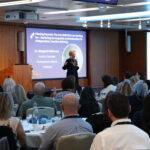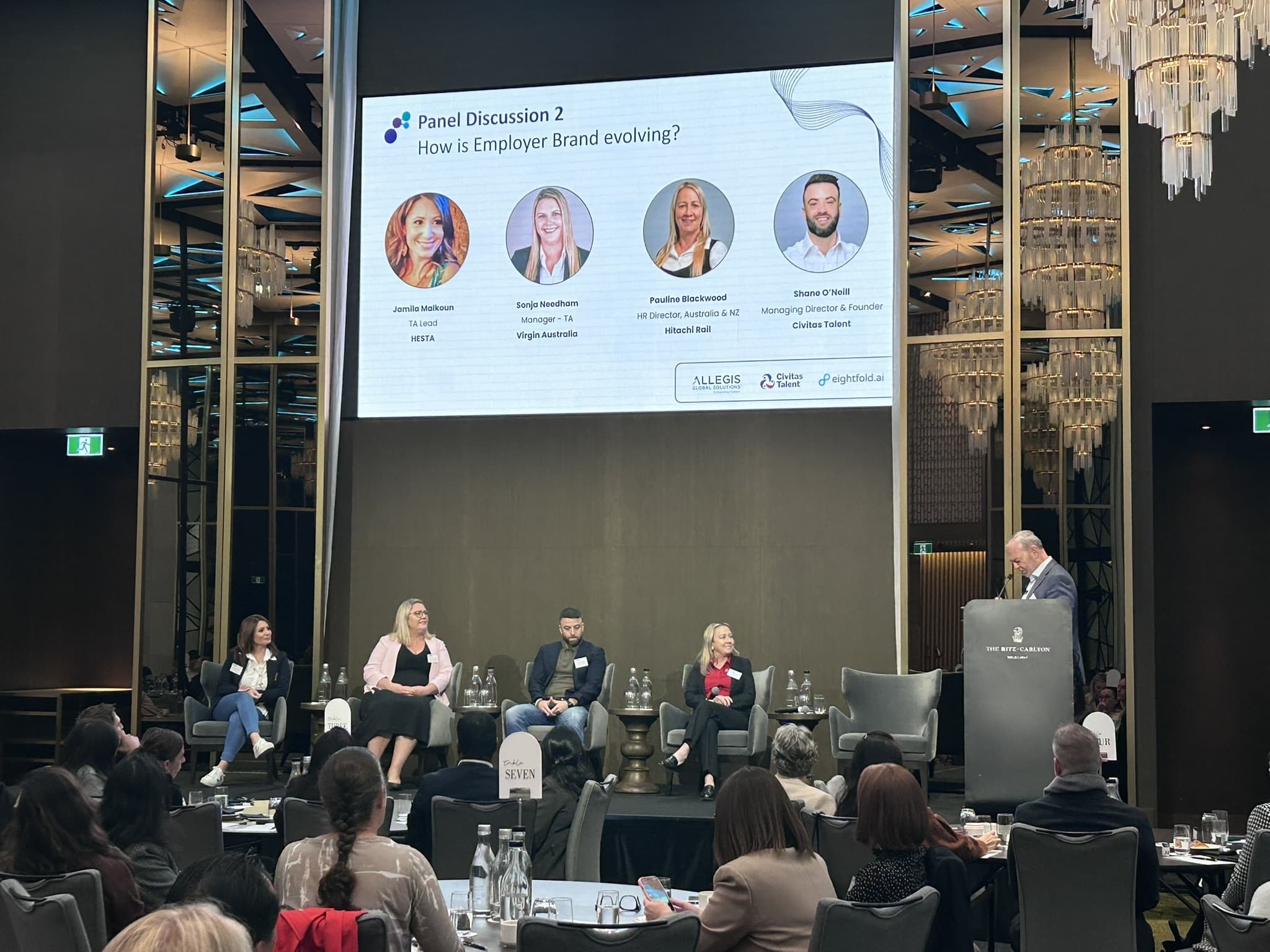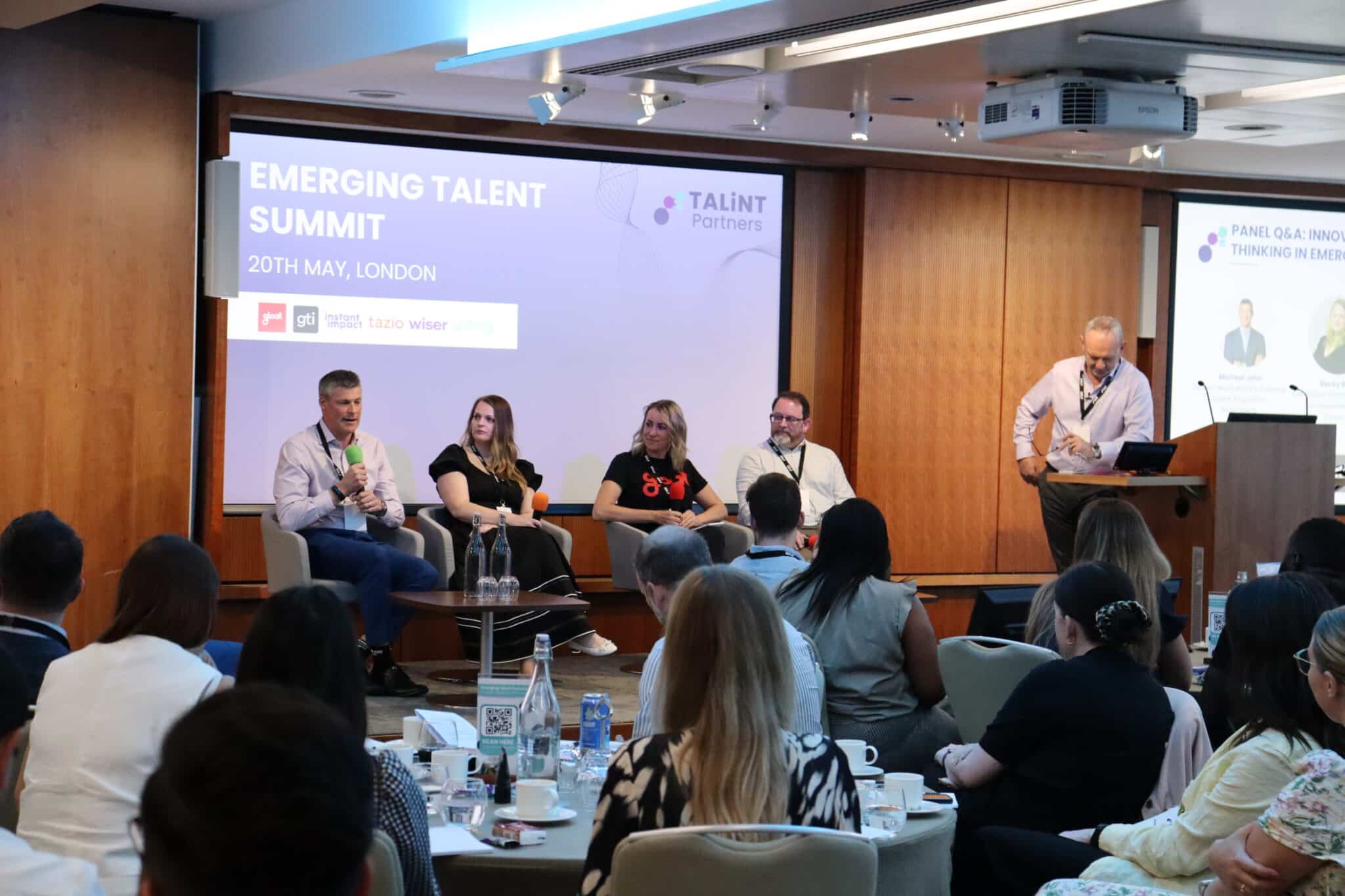Last week’s Talent Leader Dinners were all about Contingent Workforce Management and on Thursday evening, in partnership with Skills Alliance, I had the opportunity to sit down with senior Talent Acquisition & Sourcing leaders from the Life Science/Pharma/Biotech sectors and get their take on this.
To set the table, we posed a set of questions around this topic to the group well in advance of our dinner so that they could gather their thoughts and bring additional questions, and real-life experiences to the dinner. The questions to kick us off were as follows:
- What is the future of CWM within Life Sciences, and who should sponsor it within their respective orgs – TA or Procurement?
- Within the Life Sciences sector(s), how is the MSP accepted and evolving to meet their needs? What are key buyer-partner expectations?
Setting the stage for the debate
As dinner began, we started with the top of the pile, and with an evenly split room of TA and Procurement leaders, I must admit I was looking forward to this debate.
The future of contingent workforce management in Life Sciences
The group seemed quite bullish about the future of CWM within the Life Science sector. If anything, there seemed to be a good bit of greenfield when it came to the successful management of contingent workers in a systematic and process-driven model, such as an MSP. The lack of current defined programs resonated with several guests, along with the absence of technology to support CW management.
So, who should own contingent workforce management?
Where the overall sponsorship of a company’s CWM program should sit varied depending on the respondent, as could be expected.
The case for talent acquisition
TA leaders argued that CWM should sit within their function for several reasons:
- Talent expertise: TA professionals have deep knowledge of talent markets, skill sets, and sourcing strategies.
- Candidate experience: TA ensures a seamless experience for all candidates, including contingent workers.
- Strategic workforce planning: Integrating CWM into TA enables a holistic approach to talent management.
- Brand consistency: TA maintains employer brand consistency across all hiring efforts.
The case for procurement
Procurement leaders, on the other hand, highlighted why they should own CWM:
- Cost optimization: Procurement specializes in cost control and supplier negotiations.
- Vendor management expertise: They excel in managing supplier contracts and performance.
- Compliance and risk mitigation: Procurement ensures legal and regulatory compliance in worker classification.
- Standardization and governance: They bring process efficiency and standardization across the organization.
The power of collaboration
At the end of the day, both groups agreed that the ideal approach is collaboration, leveraging the strengths of both TA and Procurement to drive an effective CWM strategy.
Assessing the MSP model in Life Sciences
With that debate settled, the conversation turned to the MSP model. No one in the room had a fully mature and well-defined MSP program. Some had primary supplier agreements, and one had a VMS that wasn’t fully utilized, but no true MSP partnerships. However, as the discussion continued, it became clear that the key reasons organizations engage MSPs aligned with what attendees felt was missing in their current CW strategies.
Securing leadership buy-in and implementation
Another key discussion point was how to gain leadership buy-in for an MSP model and successfully implement it. The key takeaway was the value of showcasing success stories from similar businesses in the Life Science sector. Understanding both the wins and the challenges of others would help with both justifying the investment and preparing for potential hurdles in implementation.
Final thoughts
As the evening wrapped up, everyone agreed that a significant amount of ground had been covered in a short span of time. For me, it was eye-opening to see how the Life Sciences sector views CWM, the challenges they face, and their vision for the future. The good news? Both TA and Procurement leaders were eager to take on the challenge and drive progress in the contingent workforce space.










